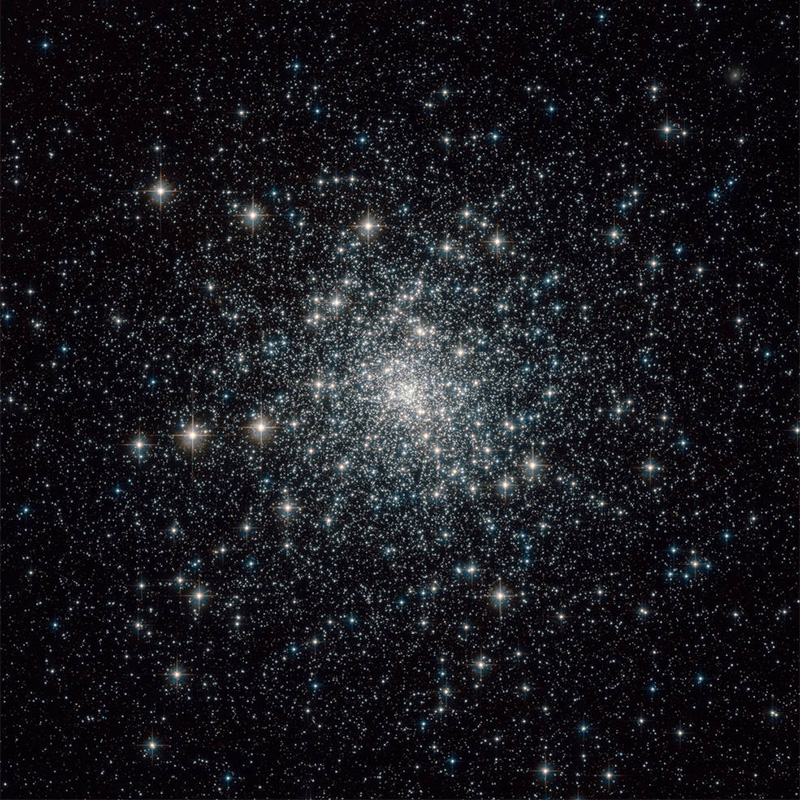M30

Credits: ESA / Hubble & NASA
Messier 30 (also known as M30 or NGC 7099) is a globular cluster of stars in the southern constellation of Capricornus.
It was discovered by the French astronomer Charles Messier in 1764, who described it as a circular nebula without a star.
In the New General Catalogue, compiled during the 1880s, it was described as a "remarkable globular, bright, large, slightly oval."
M30 is located at a distance of about 27,100 light-years from Earth, and is about 93 light-years across.
The estimated age is roughly 12.93 billion years and it has a combined mass of about 160,000 times the mass of the Sun.
Facts about M30 by Keith Turnecliff
The cluster lies at a distance of 27,140 light years from Earth and has an apparent magnitude of 7.7. It has the designation NGC 7099 in the New General Catalogue.
Messier 30 is invisible to the naked eye, but can easily be seen in 10×50 binoculars.
It appears as a slightly elongated hazy patch of light about 4 arc minutes across in binoculars, and makes an even finer target for small telescopes.
The cluster can’t be resolved at low power and its stars are only revealed by 4-inch and larger instruments. 8-inch telescopes will show a bright small core and the cluster’s large halo.
The best time of year to observe M30 is in the summer months.

Best viewed with resolution 3840 x 2160.
Credits: Image courtesy of Starry Night Pro Plus 8, researched and implemented by Keith Turnecliff.